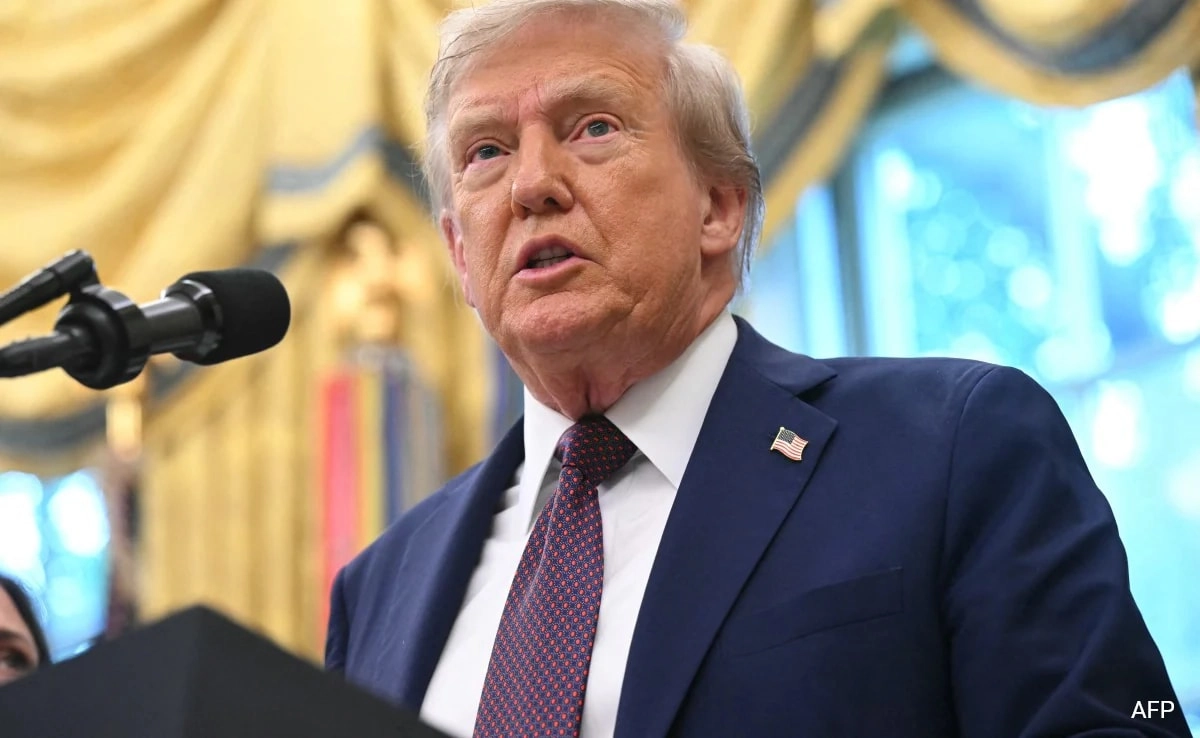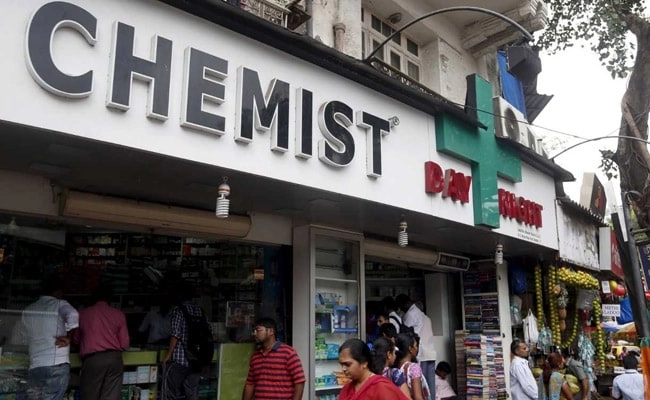In a recent report, the U.S. job market demonstrated a significant slowdown, with only 22,000 jobs added last month. This figure starkly contrasts with the more robust job growth seen in previous months, raising concerns about the overall health of the economy. The slower pace of job creation can be attributed to various factors, including uncertainties surrounding economic policies under the Trump administration. As businesses navigate a complex landscape shaped by tariff disputes, regulatory changes, and unpredictable trade relations, many are adopting a cautious approach to hiring.
The implications of this sluggish job growth are multifaceted. While a low unemployment rate might suggest a strong labor market, the recent figures indicate that employers are hesitant to commit to expanding their workforce. This hesitance can stem from fears of potential economic downturns or instability linked to ongoing political developments. For many workers, the reduction in job growth raises concerns about job security and wage stagnation, which can hinder consumer spending and overall economic expansion.
Moreover, the uncertainty surrounding economic policies can have a rippling effect on various sectors. Industries that rely heavily on trade, such as manufacturing and agriculture, have been particularly affected by tariffs and trade negotiations. The lack of clarity regarding future policies may lead businesses to delay investment decisions, further contributing to the tepid job growth. As the administration continues to navigate these challenges, the broader economic landscape remains in a state of flux, prompting analysts and policymakers to closely monitor the situation.
In light of these developments, it will be essential for the government to provide clear guidance and stability to foster an environment conducive to job creation. Addressing the underlying issues that contribute to economic uncertainty could pave the way for a more robust labor market. As stakeholders look ahead, the focus will likely shift to how policies can be adjusted to stimulate growth and instill confidence among both employers and employees. The coming months will be crucial in determining whether the job market can recover from this slowdown and what measures might be needed to support sustainable economic growth.




